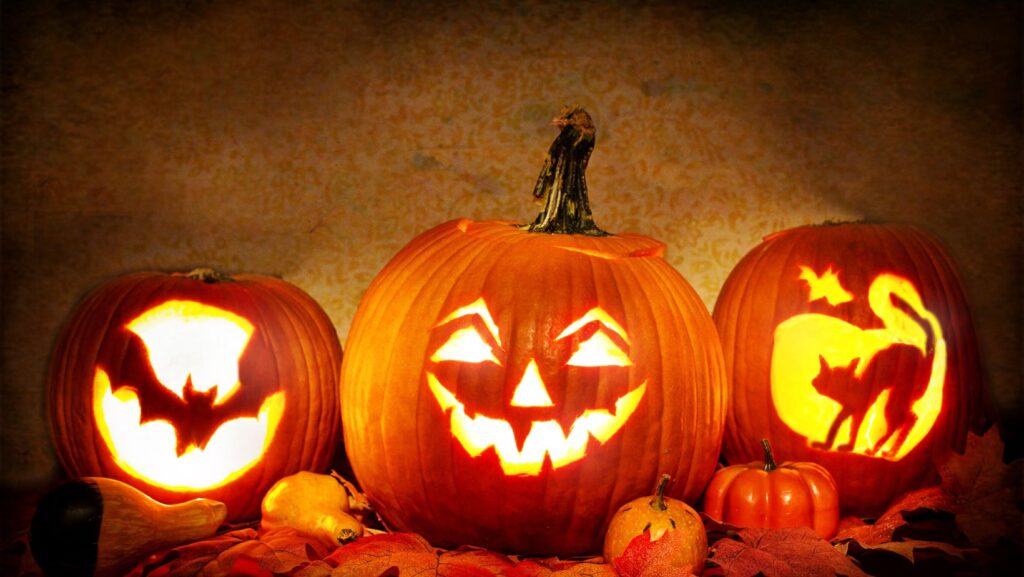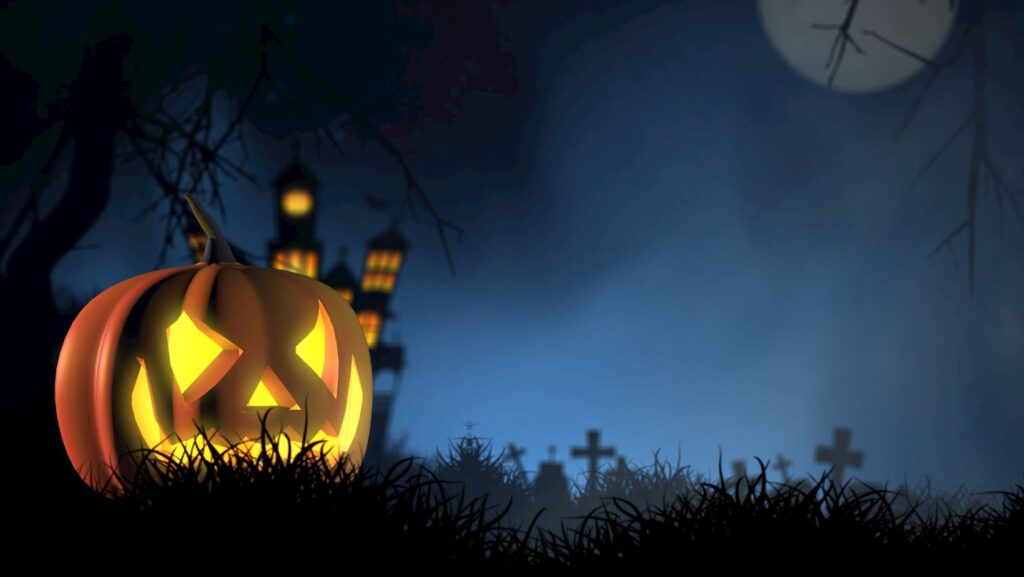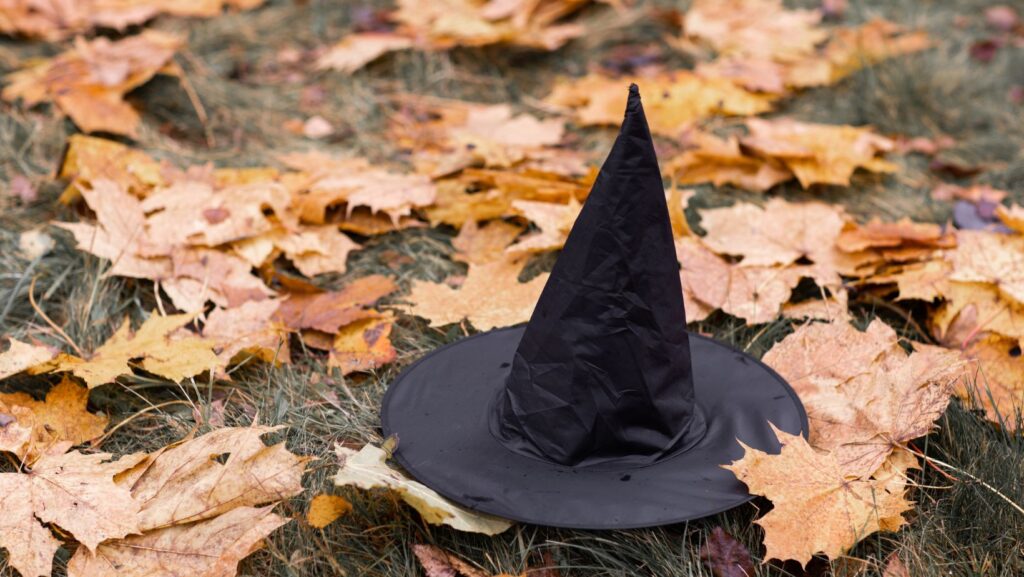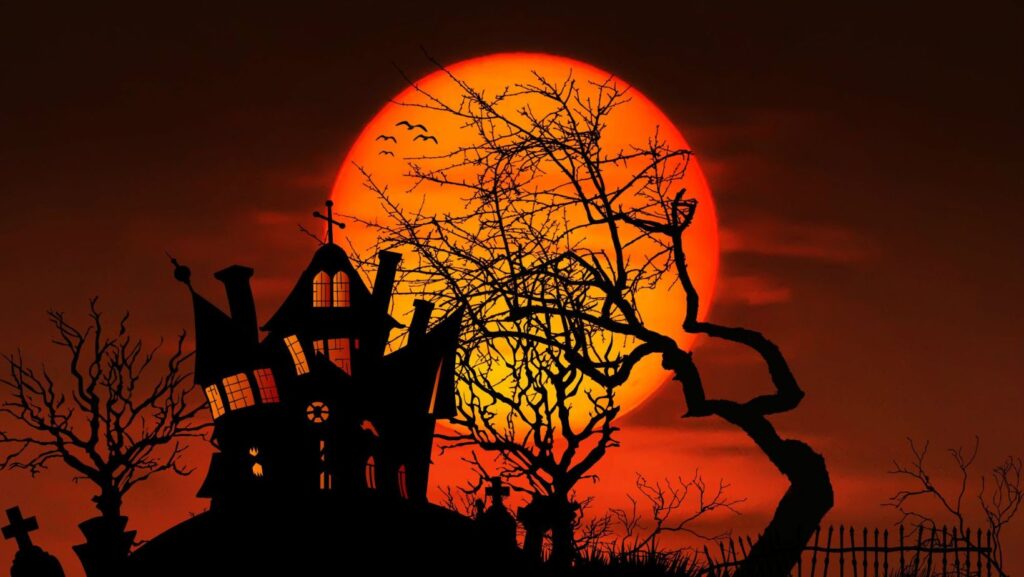Background:_drkr3w-jw0= Halloween

Halloween, a celebration steeped in mystery and tradition, captivates people worldwide with its eerie charm and vibrant festivities. Originating from the ancient Celtic festival of Samhain, Halloween marks the end of the harvest season and the beginning of winter, a time when the boundary between the living and the dead is believed to blur. This rich history has evolved over centuries, blending with various cultural influences to create the Halloween we know today.
As the holiday spread across the globe, it absorbed elements from different cultures, leading to a fascinating tapestry of customs and rituals. From the spine-tingling tales of headless horsemen to the playful tradition of trick-or-treating, Halloween’s background is as diverse as it is intriguing. Understanding these origins not only deepens appreciation for the holiday but also highlights the universal human fascination with the supernatural and the macabre.
History Of Halloween
Halloween began as a blend of cultures and traditions, evolving into the celebration known today. Its transformation reflects societal changes over centuries.
Origins Of Halloween

Halloween traces its roots to the ancient Celtic festival of Samhain. Celts in regions like modern-day Ireland, the United Kingdom, and northern France celebrated Samhain around November 1. The festival marked the end of the harvest and the beginning of winter, a time associated with death. Celts believed the boundary between the living and the dead blurred on the night of October 31, allowing spirits of the dead to return to the earth. Bonfires were lit, and costumes were worn to ward off wandering ghosts.
Evolution Through The Centuries
After the Roman Empire conquered Celtic territories, Samhain’s influence merged with Roman festivals. Feralia commemorated the passing of the dead, while Pomona’s day celebrated the goddess of fruit and trees. These elements meshed with All Saints’ Day, established by Pope Gregory III in the 8th century, moving the church observance to November 1. The evening before became All Hallows’ Eve, later Halloween. By the Middle Ages, Halloween included various regional autumnal traditions. In the United States, 19th-century immigration, especially by the Irish, brought Halloween with them. Modern customs like trick-or-treating evolved from both Celtic and American influences, cementing the holiday’s cultural significance.
Cultural Significance Of Halloween
Halloween stands as a unique cultural phenomenon, reflecting a confluence of history, folklore, and communal practices. It’s celebrated globally, with each region adding its distinct customs.
Halloween Traditions Around The World
Countries worldwide celebrate Halloween with diverse traditions. In Mexico, Día de los Muertos (Day of the Dead) honors deceased loved ones through altars and offerings. Ireland, Halloween’s birthplace, hosts bonfires and traditional games like apple bobbing. In Japan, the Kawasaki Halloween Parade features elaborate costumes, drawing thousands each year. Australia sees fewer Halloween festivities, with some locals hosting private parties and trick-or-treating becoming more common over time.
Symbols And Icons
Halloween’s symbols and icons are rooted in history and myth. Jack-o’-lanterns, carved pumpkins featuring eerie faces, originate from the Irish legend of Stingy Jack. The black cat, a symbol of bad luck in many cultures, ties to medieval beliefs in witches. Ghosts and skeletons represent the thin veil between the living and the dead, celebrating the spirit world. Spiders and cobwebs add to the spooky aesthetic, often linked to haunted houses and gothic tales. These symbols enrich Halloween’s cultural tapestry and enhance its mystique.
Modern Celebrations
Modern Halloween celebrations have evolved into a festive occasion marked by creativity and community participation. Various activities and costume trends define the contemporary Halloween experience.

Halloween’s popular activities engage participants of all ages in festive fun. Trick-or-treating remains a beloved tradition, with children visiting decorated homes in search of candy. Haunted houses provide thrilling experiences with eerie themes and jump scares, while pumpkin carving allows families to create intricate jack-o’-lanterns, showcasing artistic flair. Community events often feature parades, fairs, and contests, bringing neighborhoods together in celebration.
Costume trends reflect current cultural influences, offering a spectrum of choices for Halloween enthusiasts. Superhero and character costumes from films and TV shows captivate many, paralleling popular media trends. Classic costumes like witches, vampires, and zombies retain their charm, appealing to those who enjoy traditional spooky themes. DIY and creative costumes rise in popularity, as individuals prefer unique, personalized attire to express their originality during Halloween festivities.
